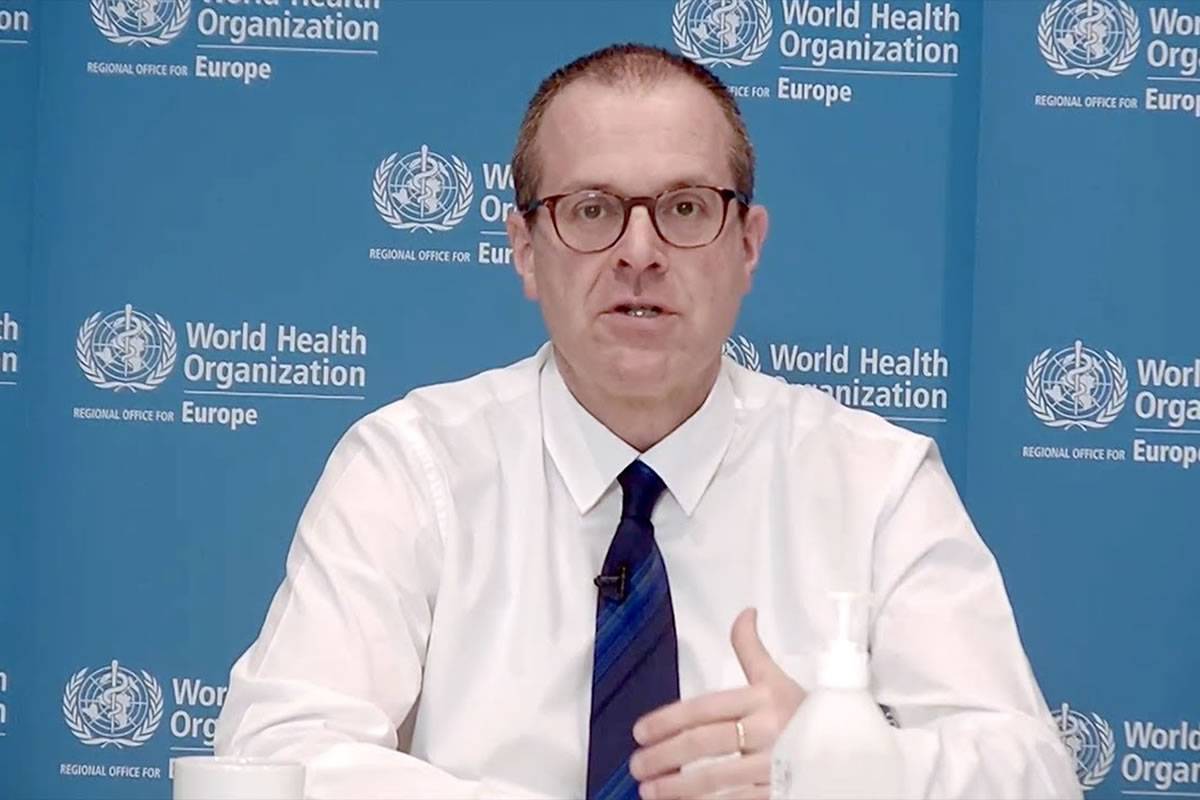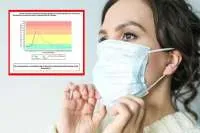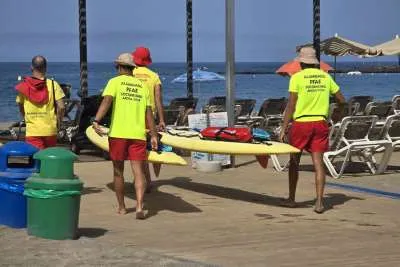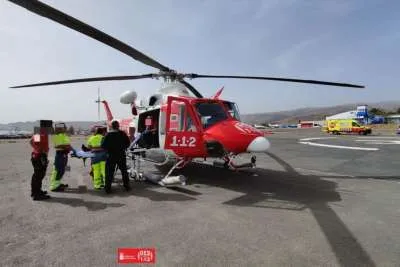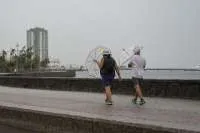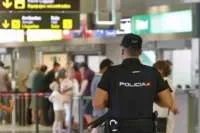The WHO once again recommends wearing masks indoors and on public transport
- 12-01-2023
- Health
- Canarian Weekly
Given the wave of coronavirus infections, not just in China but increases in general, the regional director for Europe of the WHO (World Health Organization), Hans Henri P. Kluge, has recommended that everyone in Europe should wear masks indoors in public places, and on public transport.
Kluge said yesterday (Wednesday) that the variants of the SARS-CoV-2 virus circulating in China are those that have already been seen in Europe and elsewhere. “We share the current opinion of the European Centre for Disease Prevention and Control that the ongoing surge in China is not expected to significantly affect the epidemiological situation of COVID-19 in the WHO European Region at this time”, he detailed.
However, he also stressed that, although China has shared information on the sequencing of the virus, "detailed and periodic" information is needed, especially on the epidemiology and local variants, in order to better determine the evolution of the situation.
For this reason, Kluge said that "it is not unreasonable for countries to take precautionary measures to protect their populations, while awaiting more detailed information on the situation in China”, and asked that the initiatives adopted be "proportionate and non-discriminatory".
Recent data from some of these countries are beginning to indicate the increasing presence of the new recombinant XBB.1.5 virus that has already been spreading “rapidly” throughout the United States. In this sense, Kluge has reported that there are still few cases in Europe, although work is underway to assess their potential impact.
"After three long years of a pandemic, with many countries dealing with overburdened health systems, shortages of essential medicines, and an exhausted health workforce, we cannot afford more pressure on our health systems," stressed the European leader of the WHO.
That being said, he has called on countries in Europe and Central Asia to redouble their efforts to implement proven effective strategies and avoid being complacent. “This means urgently reinvesting and re-engaging in enhanced virological and genomic surveillance, including wastewater surveillance, as feasible. This means investing in and safeguarding the health workforce, whose precarious situation in many places could undermine the effective delivery of health services”, he added.
Finally, Kluge has advised increasing the acceptance of vaccines in the general population; administering additional doses of vaccines to priority groups; ventilating public and crowded spaces such as schools, bars and restaurants, open-air offices, and public transport; and providing early and appropriate therapies to patients at risk of severe illness.
“These measures can also reduce the impact of other respiratory infections, in particular the flu, with which our health services are struggling at the moment. Science, surveillance, responsibility: all these must come together more and more, now that we are entering the fourth year of the pandemic to guarantee a future for all ”, he concluded.
CASES IN THE CANARY ISLANDS:
Two islands (Gran Canaria and La Gomera) have increased to health alert level 2, a situation that does not imply restrictions to contain COVID, but only reflects hospital pressure. Level 2 shows a medium risk given the evolution of its care indicators.
The latest data provided by the Ministry of Health of the Canary Islands Government last Thursday indicated that in the islands as a whole the daily average of conventional hospital beds occupied by COVID-19 patients stands at 2.43%. The level of risk in the percentage of occupancy of conventional beds is, therefore, at a low risk level or in controlled circulation, except in La Gomera, which rises to a high risk level.
The number of occupied ICU beds remains in controlled circulation on all the islands, with an occupancy rate of 3.2% and an average weekly occupancy rate of 16 beds.
In the Canary Islands as a whole, the seven-day Cumulative Incidence rate for people over 60 years of age stands at 180.1 cases per 100,000 inhabitants. All the islands remain at a low risk level or controlled circulation.


